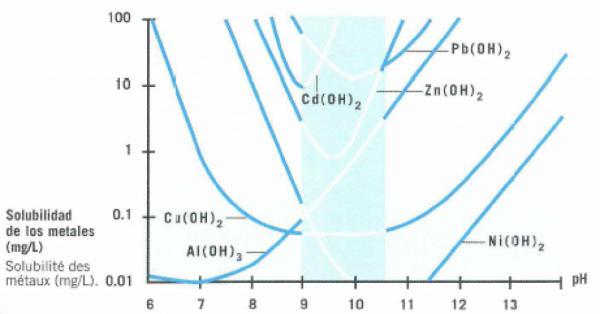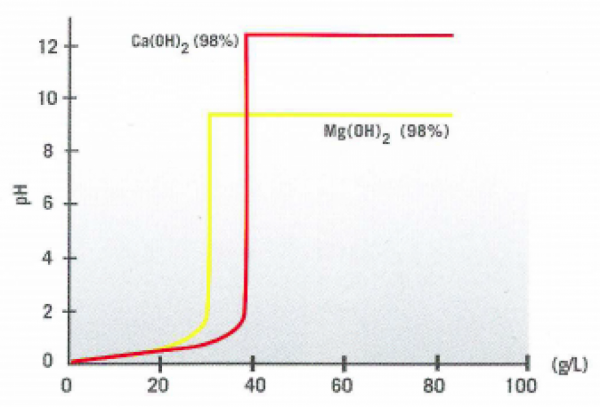The environment
THE ENVIRONMENT
Magnesium ion, as an oxide and hydroxide, has some excellent physico-chemical properties, making it ideal for environmental remediation, the most important ones being:
- Greater neutralisation capacity and lower final sludge volume compared to other alkalis.
- ph buffer effect between values in the interval from 9 to 10.5, in which the heavy metals form insoluble stable compounds.
LIQUID WASTE Environmental use
Treatment of liquid effluents
- In the case of acid waters that must be discharged into natural water courses, the environmental legislation requires the regulation of the pH so that no harm is caused to the life of the fauna and flora in the river or sea, and involving the elimination of Heavy Metals. This can be achieved through the use of Magnesium Oxide.
- In waters with dilute sulphuric acid, treatment with Magnesium Oxide lowers the final sludge volume and forms Magnesium Sulfate which, moreover, can be used as a fertiliser.
- In waters with the combined presence of Ammonium and Phosphates, Magnesium Oxide precipitates both compounds to form Struvite (Magnesium Ammonium Phosphate) of considerable value as a fertiliser.


SOLID WASTE Environmental use
Hydrated caustic calcinated magnesite
For earth contaminated with heavy metals (As, Cu, Pb, Zn, etc.) from former industrial processes, there is an inevitable need to stabilise these pollutants so that the land affected can be dedicated to other purposes. With the use of adequate quantities of magnesium oxide or hydroxide, this problem is solved, given the fact that the heavy metals are converted into an insoluble form.
Steel plant dust (flying ash originating from the fusion of the scrap at Electric Arc Furnaces) classified as special waste, can be fully neutralised if suitably mixed with Magnesium Oxide or Hydroxide.
In short, the physical and chemical properties of these applications are valid for providing a solution to any type of waste-related problem, whether this is industrial waste or from any other source, either “in situ” on the contaminated land, or “ex situ”, moving the contaminated soil to the place of treatment.
